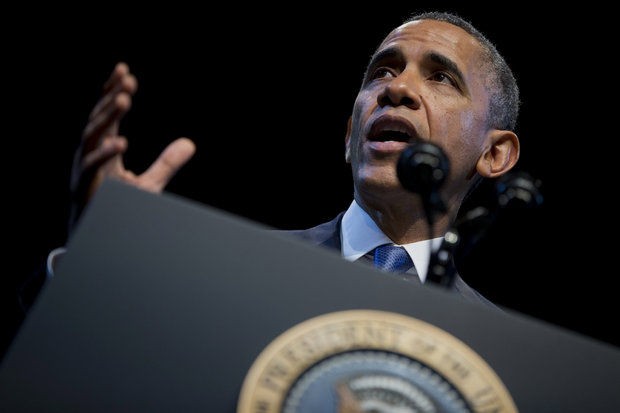Study gives Social Security proposals a reality check News
Post on: 8 Апрель, 2015 No Comment

As policymakers prepare to save Social Security, they need to consider the administrative and logistical consequences of reform proposals, a new study says.
The study. written by the Washington-based nonprofit Employee Benefit Research Institute (EBRI), pinpoints several administrative costs that would result from proposed social security reforms.
For example, a market-oriented individual account system would require the government to educate participants on investment strategies. Managing funds and overseeing participants’ investment selections would add layers of cost to the system as well. EBRI notes that administrative expenses will vary depending on policy design. But under any proposal, adding individual accounts would increase administrative costs simply because they require new managerial tasks, the study says.
The report warns that policymakers must focus on the management challenges the federal government would face if their reform proposals were approved.
History is replete with examples of inconsistencies between ideological intentions and administrative practices, the study said.
We’re trying to make a real point that there are things to be thought through, said Kelly Olsen, a co-author of the report.
Past EBRI studies have focused on management problems with pension reform policy. We have studied the administrative struggles the pension system has gone through, the employer backlash and other issues that have plagued the system, Olsen said. Similar pragmatic issues threaten proposals to add individual accounts to the Social Security system, the report says.
Proposals to privatize Social Security are under hot debate as many estimates project that the current Social Security system will be bankrupt by 2013. The oldest of the baby-boomers, the 76 million Americans born between 1946 and 1964, will become eligible for Social Security benefits in 2012. Meanwhile, Americans are living longer and having fewer children. As a result, there are fewer laborers in the workplace to sustain aging retirees.

Some proposals to privatize Social Security suggest that workers put a certain percentage of their payroll tax into private accounts for investment in mutual funds and stocks. Individuals would own and control their money and, likely, receive a higher rate of return than the interest currently earned by Social Security funds invested in Treasury bonds.
Such proposals, the EBRI’s study suggests, do not take into consideration operational logistics such as how they would work and who would run them.
William Beach, a Social Security expert at The Heritage Foundation, says the EBRI’s policy simulation model, used to project administrative costs, is really incomplete. According to Beach, the model doesn’t accurately reflect the behavior of individuals.
When people invest for retirement, they invest in very low-risk funds, Beach said. Administrative costs for low-risk funds tend to be low whereas risky funds, with fewer investors, cost more to administer. We know a lot about the administrative costs of privatized Social Security worldwide, he said. They are not that high.
Want to contribute to this story? Share your addition in comments .














